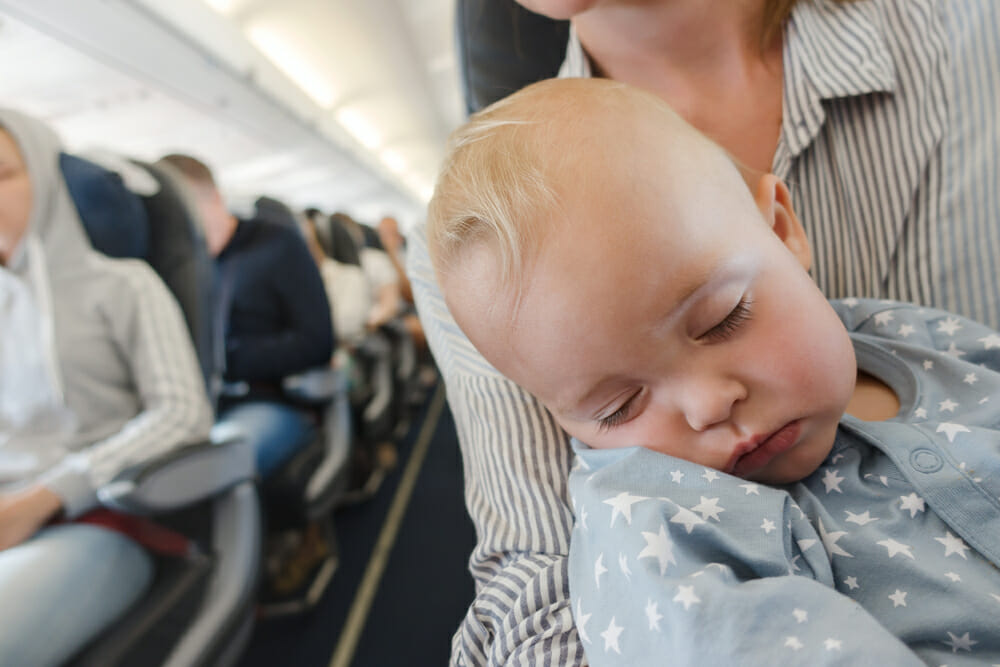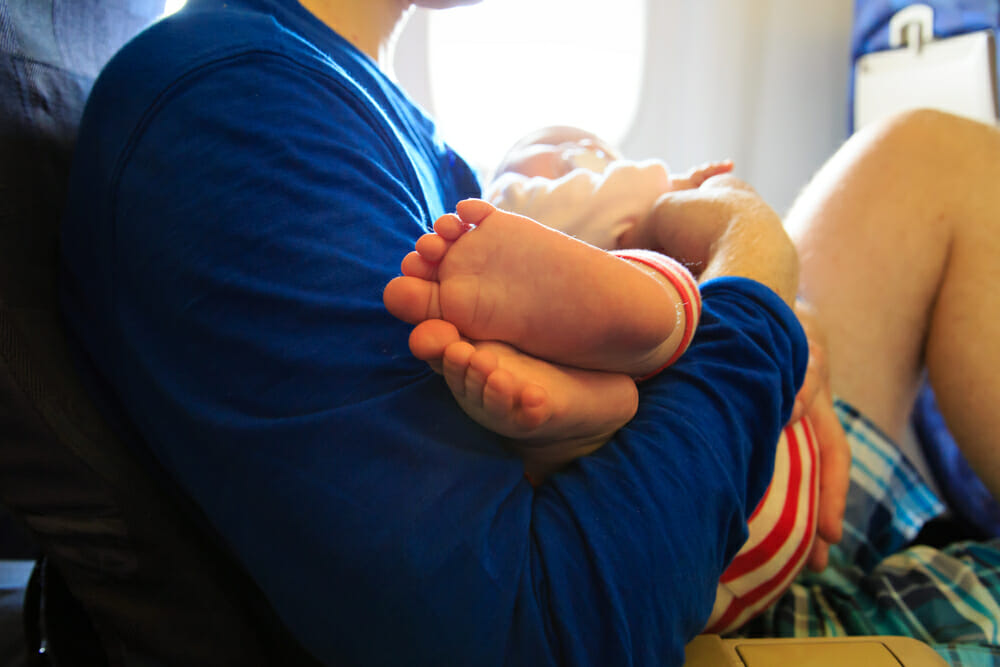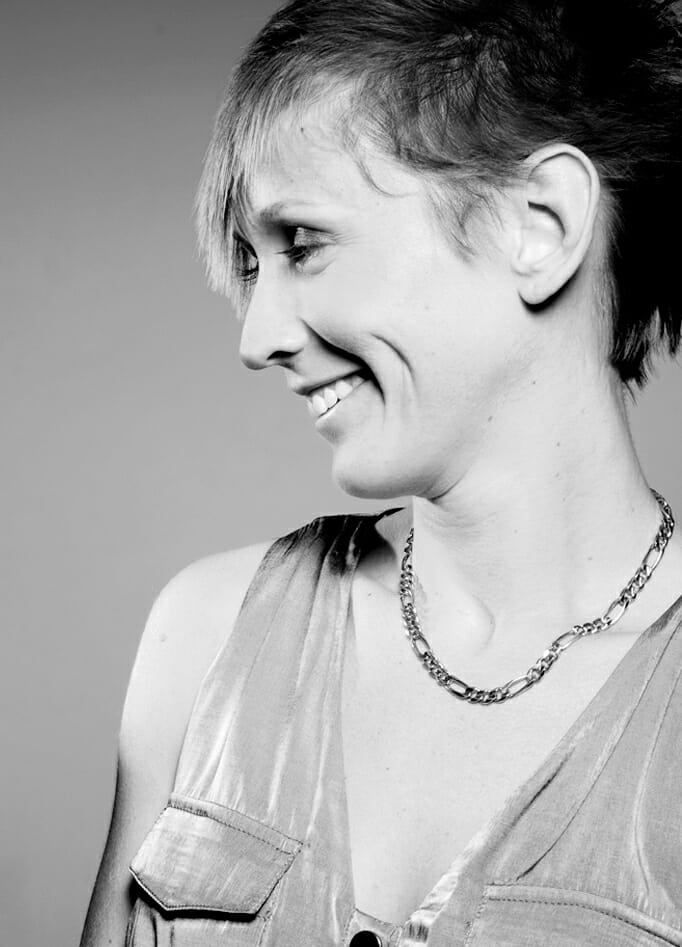Family Travel magazine editor Tatyana Leonov often travels long-haul with her baby daughter. Here are her top tips to make flying with babies easier.

Sleep. The best possible result when flying with babies. Picture: Shutterstock
Every big trip starts with the planning stage.
My husband and I travel often, but now with a baby in tow, our decisions take a little more thought and time.
Japan, we decide, will be a great first overseas destination. It’s considered to be one of the safest countries in the world; the infrastructure is top notch; attractions are easily accessible with a pram; the people are lovely, and the time difference from Sydney is just one hour.
READ MORE: Top tips for flying with kids by age group
The next big decision is flights. We opt for night flights both ways, hoping that our daughter will sleep. It could be that we have a chilled-out kid, or it could be her age (six months old on her first flight), but all works out smooth sailing. Here are my tips for flying with a baby:
1. If you are flying for five or more hours, choose a night flight so bub can sleep. Long day flights generally mean more awake hours, which can be challenging for everyone.
2. Check the bassinet rules on your airline of choice. Travel while bub is still allowed in the bassinet if you can. Rules and regulations vary across airlines and plane types, but generally, babies are only permitted to use bassinets up until a certain age (usually ranging from six months to one year) and weight (11 to 14 kilograms is the norm). If your baby is over the age, weight or both you’ll have to hold him or her.
3. If the baby can go in a bassinet, book seats beside a bassinet well in advance. Then the baby has a space to sleep (and you can relive your arms). Children up to two travel free (excluding taxes) on most flight carriers, as long as they sit in the carer’s lap.
4. Have a collapsible stroller and/or sling ready for airport strolls. Strollers are good if you have additional hand luggage as they free you up a bit more. Slings take less space and often babies are calmer when held close by Mum or Dad.
5. If baby sleeps in a sleep sack, bring it on board to mimic the at-home scenario.
6. Have layers ready, as it can feel hot or cold depending on where you are sitting on the plane and what temperature the cabin is set to.
7. Breastfeeding or bottle feeding during take-off and landing helps the little one to equalise the pressure between their ears. We know how to pop our ears, but babies don’t and the sucking motion helps. Try to time feeds so bub is a little hungry at these times, otherwise, it’s easy to get distracted by all the goings-on.
8. Try to travel with another adult, at least for the first time, as additional support goes a long way. If bub doesn’t want to settle, you can take turns eating, holding, playing and sleeping (here’s hoping anyway!).
9. Pack favourite toys so baby has something to fiddle around with.
10. If your baby uses a dummy, don’t forget it.
11. Be sure to pack enough nappies and wipes in the carry-on bag, as well as a spare set of clothes for those rare emergencies (that only tend to happen when you don’t have the spare clothes).
12. Baby eating solids? Bring what you need, plus a little extra (surprise spillages are no fun) in your carry-on. Generally, liquid and gel restrictions don’t apply to baby milk and baby food.
13. Walking up and down the aisle can help soothe bub.
14. The nappy change tables are located in the toilets, but it can get pretty tight in there. Avoid changing nappies when it’s turbulent… if you can.
15. And don’t be afraid to ask for help. Generally, airline staff are happy to wash bottles and dummies and just lend a helping hand when you most need it.

This is not sustainable long-haul. Picture: Shutterstock
READ MORE
5 ways to find the best flight deals online
About Family Travel – who are we?
Mountain Buggy Bagrider reviewed by a mum
When you travel every day is different! You get to experience different cultures, meet new people, get lost, find cool laneway bars, try weird and delicious foods, snorkel with sea lions, fly over mountains carpeted in grass, laze about in hammocks immersed in Windex-blue water, horse ride alongside gauchos, call sleeper trains, igloos and yurts home for a night, cycle past giraffes, dance with Masai warriors, play with local school children.

